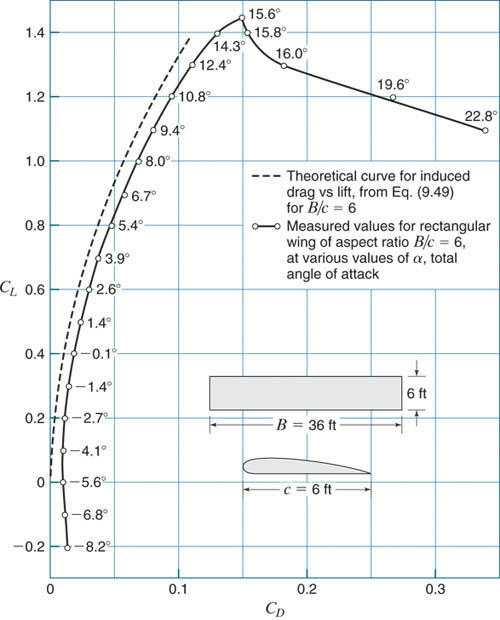
CST with low order polynomial is also suitable for airfoil preliminary design and optimization purpose since it only needs few parameters to give specific shape of airfoil.

University of Illinois at Urbana-Champaign, (1995).CST method is a powerful parameterization method because of its simplicity, robustness, and its ability to be generalized into various possible shapes of aerodynamic bodies. S., "Summary of Low- Speed Airfoil Data", Vol.3. Riegels, F.W., "Aerodynamic sections", P.Abood, “Aerodynamic Characteristics of CLARK-Y Smoothed Inverted Wing with Ground Effects,” International Journal of Computer Applications (0975 – 8887), vol. Moran J., “An Introduction to Theoretical and Computational Aerodynamics”, John Wiley and Sons Int., 1984.H., “Calibration of Low-Speed Wind Tunnel (LSWT) Test Section”, Baghdad University Engineering Journal, Dossier No. Blackwell, T., "Subsonic Wind Tunnel with Corrections on a Wing with a Clark Y-14 Airfoil", Master's Thesis, San Jose State University, 2011.Thesis, School of Aerospace, Mechanical & Manufacturing Engineering Portfolio of Science, Engineering & Technology Rmit University, September 2007. J.," Study of Aerofoils at High Angle of Attack, in Ground Effect.", M.Sc. and Barber, T.J., '' A Study of an Inverted Wing with Endplates in Ground Effect", abstract p 1, 2007. and Zhang, X., "Aerodynamics of a single element wing in ground effect," Journal of Aircraft, Vol. S., “Experimental study of open-wheel race-car front wings”, SAE 1998 Transaction–Journal of Passenger Cars, Vol. V., 1994, “A Study of Wings in Ground Effect,” Proceedings of the Loughborough University Conference on Vehicle Aerodynamics, Vol. Conference on “Vehicle Aerodynamics”, Loughborogh, U.K., pp. Katz, J., “Considerations pertinent to race-car wing design,” RAeS.G., “Aerodynamics of Grand Prix cars”, Proceedings of the Institution of Mechanical Engineers, Part D: Journal of Automobile Engineering, Vol. Rozhdestvensky, K.V., (2006) Wing-in ground effect vehicles.(1998), ''Surface effect aero-hydrodynamics and its applications''. and Zhang, X., ''computational analysis of inverted double-element airfoil in ground effect'', Journal of fluids engineering, ASME, 128(6):1172-1180, 2005. The experimental data were compared with published works and showed good results.

The aerodynamic characteristics remain relatively an affected by the velocity change. The drag coefficient increased with the ground effect which caused a decrease in the airfoil efficiency. The negative lift coefficient increased with angle of attack except the angles of attack larger than 10o and with ground effects except at ride heights of less than 0.1c due to the force reduction phenomena. Data indicated that the pressure distribution increased at the upper and lower surfaces in ground proximity, at low angles of attack, and increased also with incidence. Results are compared with the free-drive case and with published works. Data obtained in airfoil experiments include sectional forces and surface pressure data.

The model was tested with and without ground effect and at various wind tunnel velocities (Reynolds numbers), ride heights (ground clearances) and angles of attack. The ground effect was introduced by using a fixed flat board moves vertically to produce the required distance between the airfoil and ground board. Aerodynamic characteristics of inverted single element airfoil with and without ground effect had been investigated experimentally in Low-Speed Wind Tunnel of test cross section area (0.7x0.7 m2) and maximum velocity 55 m/s to quantify the aerodynamic characteristics of inverted CLARK-Y smoothed airfoil.


 0 kommentar(er)
0 kommentar(er)
